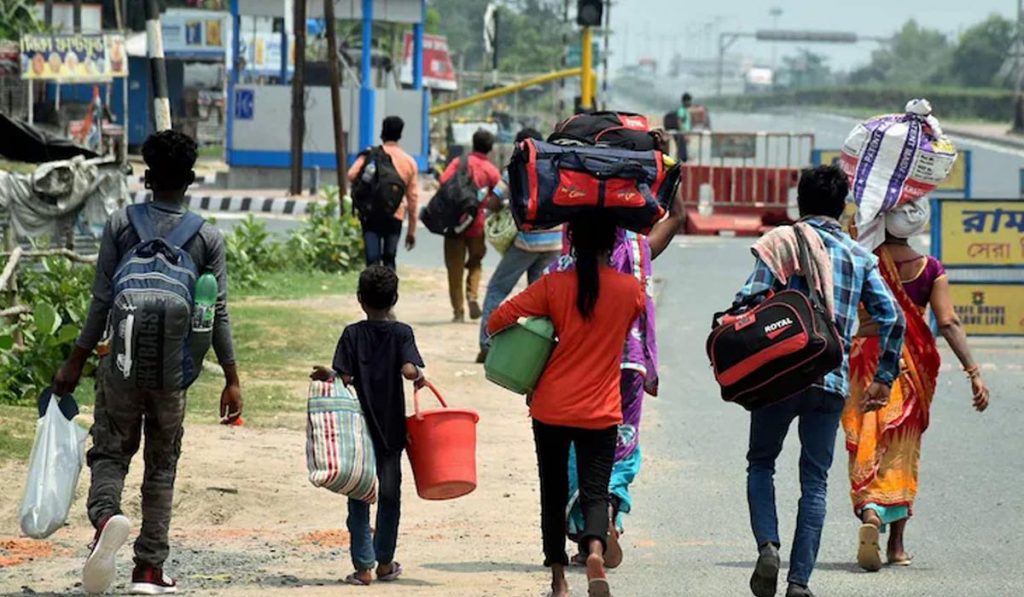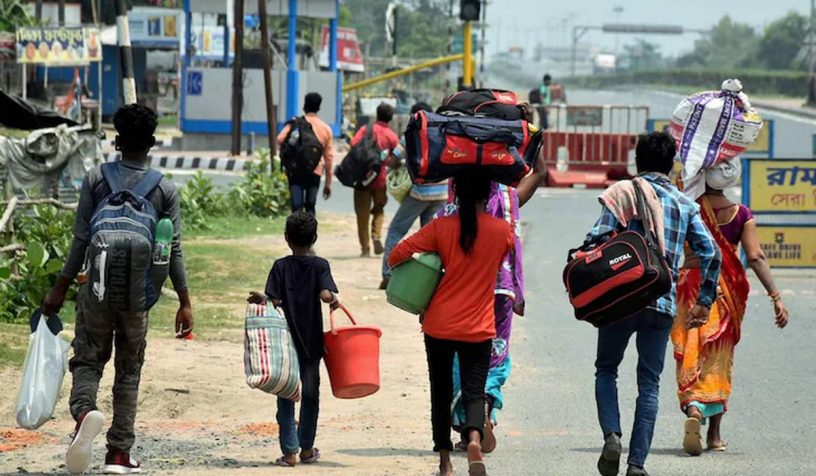
The study shows that while the impact of per capita income difference has increased in the post-reform period, the impact of the common-border has declined.
Authors
Debajit Jha, Assistant Professor, Jindal School of Government and Public Policy, O. P. Jindal Global University, Sonipat, Haryana.
Sunetra Ghatak, Research Fellow, National Institute of Public Finance and Policy (NIPFP), New Delhi, India.
Summary
Traditionally inter-state migration in India was limited compared to within state migration. Economic reforms in the early 1990s have boosted inter-state migration in the country. Hence, it is important to understand the impact of economic reforms on the determinants of inter-state migration.
Recent studies have identified that state border; linguistic divide and per capita income play an important role in determining the location of inter-state migration in India.
In this paper, the researchers tried to understand the impact of economic reforms on the choice of the location of inter-state migration in the country by using a gravity model framework. The authors found that while the impact of per capita income difference has increased in the post-reform period, the impact of the common-border has declined. Moreover, the impact of the linguistic divide has initially increased after reforms.
Published in: Migration Letters
To read the full article, please click here


